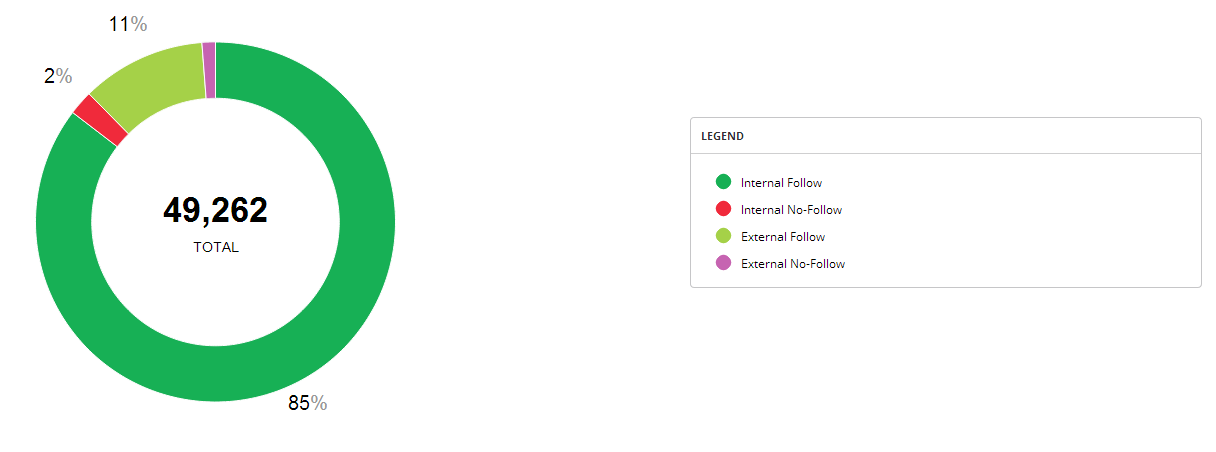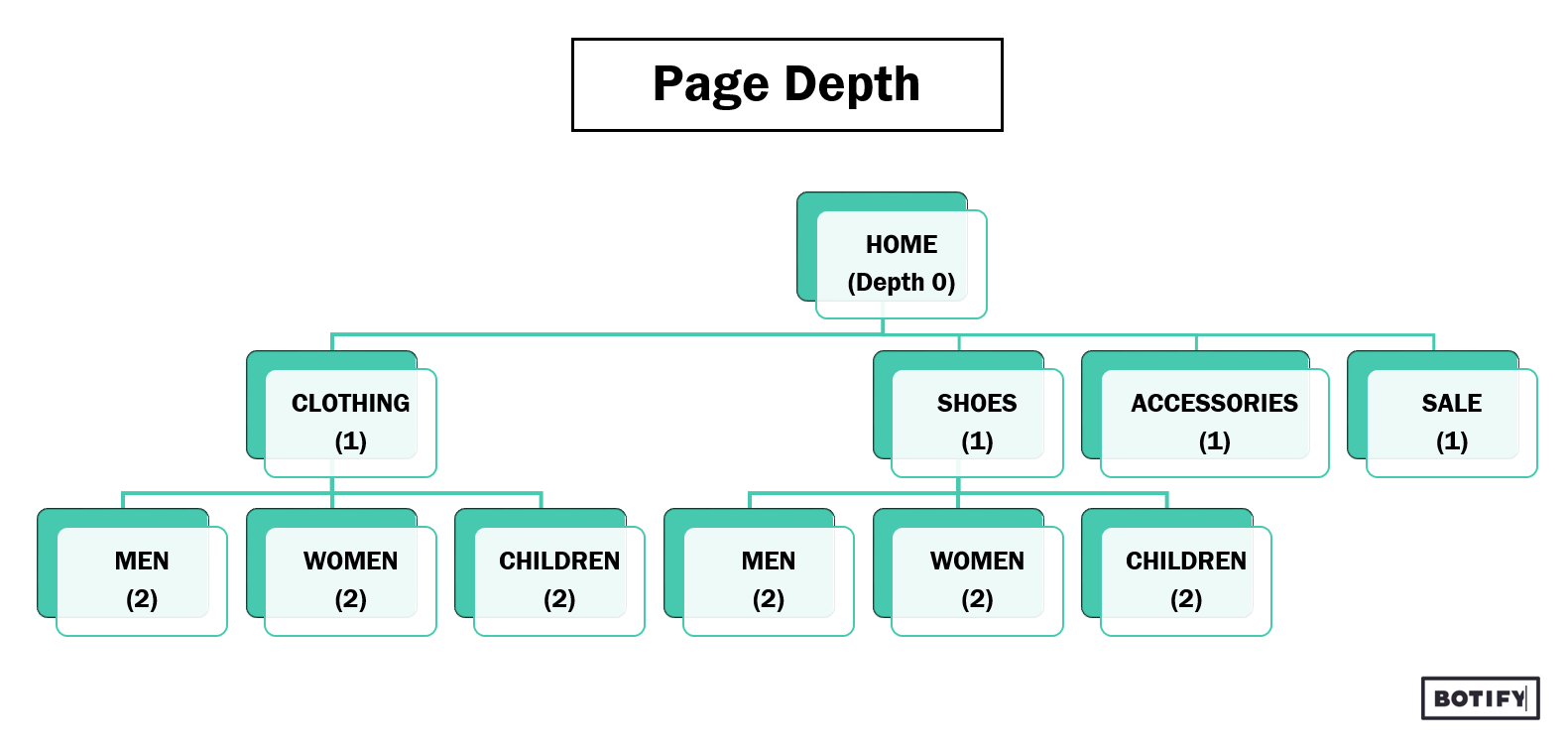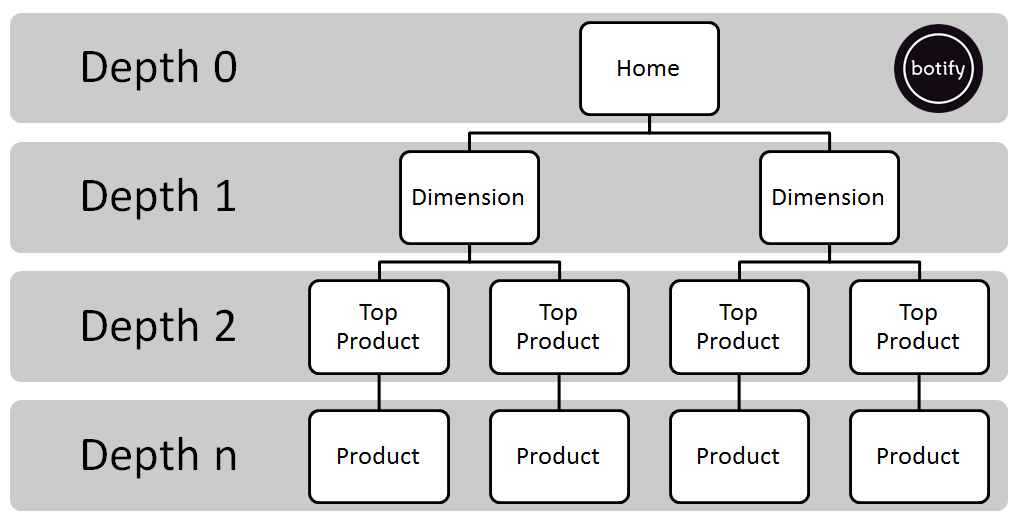Does Your Website Leak Link Juice?


Do you know how much of your link juice remains in your website, and how much goes outside?
Internal linking optimization is one of SEO’s cornerstones. There are two aspects to it:
- Internal links volume and distribution between different areas of the website
- Semantic information transmitted through links anchor texts
Let’s focus on the first point, which is about “link juice” flowing between your website’s pages. A page transmits popularity to other pages through links – that’s the “link juice”. How much is transmitted to each essentially depends on how much the page has to distribute, and to how many pages. This popularity will influence search engines’ crawl behavior, and is one of the many ranking criteria. However, all pages aren’t equal in terms of importance and traffic potential. Let’s consider your site like a 3D map where important areas should stand out by receiving more link juice than the rest.
Before checking where internal link juice goes and deciding where it should go, let’s check how much there is to redistribute: we need to assess how much of your website’s link juice remains in your site, how much exits it, and if we’re not wasting large amount of it.
A reasonable amount of link juice going to other websites is normal. Nothing to worry about when some pages include a few links to external resources that you think may be of interest to your users. That’s how Internet popularity is built, using notions such as Pagerank and other indicators.
But a large number of external links repeated on every page can create heavy imbalance. Same goes for some particular website designs, such as the “empty shell” kind (like a portal to content that is elsewhere, which will have to rely on intense usage statistics to rank well in search engines).
What if half of your internal juice or more went outside? Botify Analytics shows the complete picture in one graph.
Outlinks distribution in Botify Analytics
In Botify Analytics, an “outlinks” section presents all outgoing links (links coming out of your pages).


The report presents these outgoing links as “internal” and “external” to distinguish between those to a page on your site, and those to a page on another website. The terms refer to the links’ destination, not their origin. Not to be confused with external linking which, in a broader context, usually refers to links’ origin(links coming to your site from outside).
More precisely:
- “Internal” covers any link going to a page located within the allowed crawl perimeter (allowed domains in the crawl setup)
- “External” means the link target is outside the allowed crawl perimeter
- And “Follow / no-follow” refers as you know to indications for robots (whether they should or should not crawl these pages).
Here are a few other examples. The distribution of types of links greatly varies from site to site (each doughnut is a different website). On the websites with more than 50% of links going to external websites, work on internal linking is unlikely to achieve significant results. The first step should be to repair those leaks first (by removing some links or coding them another way – javascript as opposed to tag) to keep link juice in, before redistributing it.






